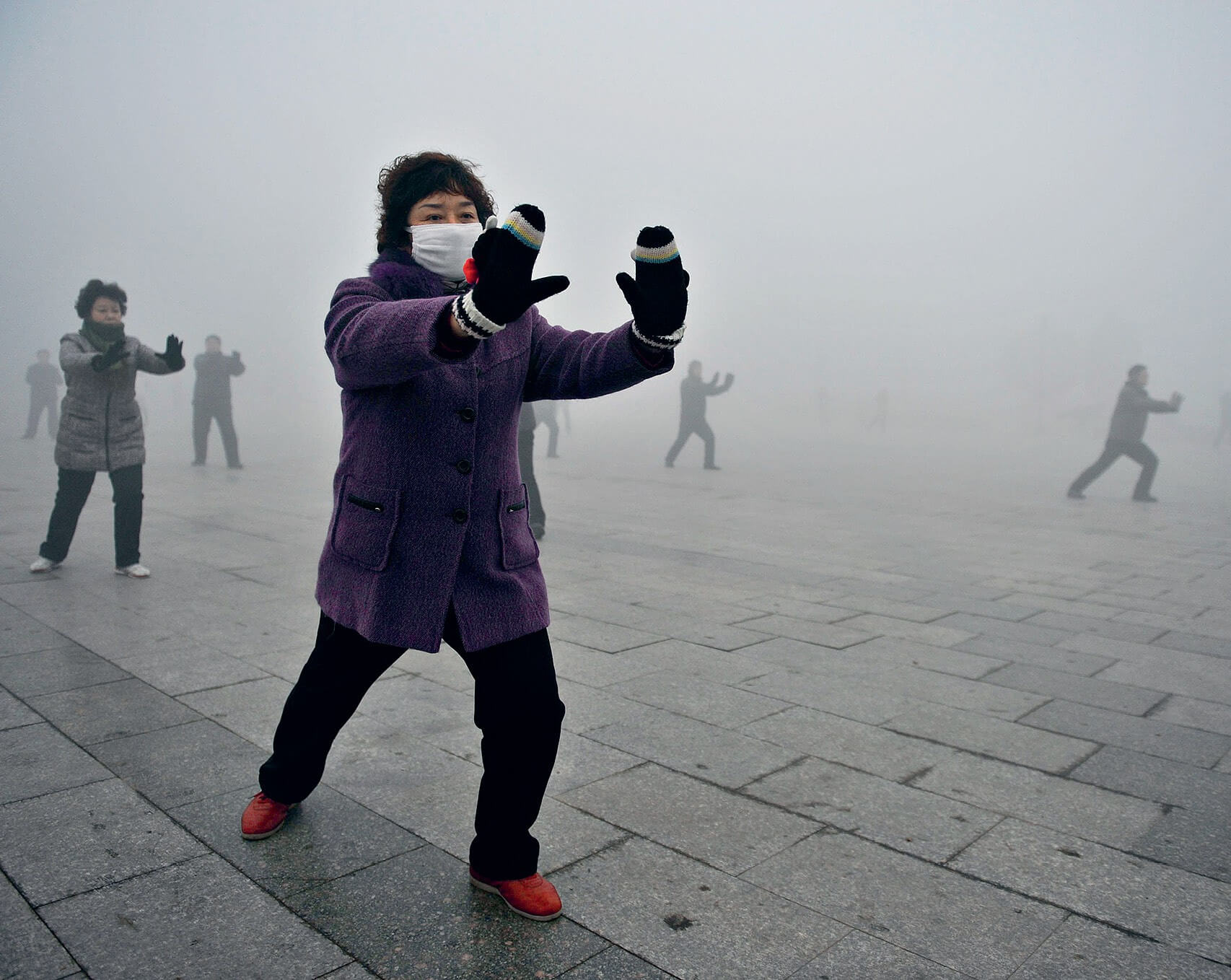When there is poor air quality or a smog alert (yellowish fog made up of gas and particles), your health may suffer. Depending on each person’s level of sensitivity, air pollution has different consequences. You may improve your health and lessen the negative impact that air pollution may have on you and your loved ones by taking some steps.
Even though pollution is now an annual occurrence, most people still don’t know how to protect themselves from it. The inhabitants of what was once a city of fresh air and gardens must learn to adapt to the ever-rising levels of air pollution because the levels of smog in the city are now considered “hazardous.” Nowadays, everyone has the flu or respiratory problems because of smog in the cities. People choosing to live in new developments like the capital smart city in Islamabad are safer in comparison to those living in the middle of the city.
Therefore this article focuses on the tips you can benefit from to keep yourself and your family safe from the maximum effect of smog.
Use a proper mask
Use an N95- or N99-grade mask whenever you venture outside as it is one of the simplest and most effective precautions you can take to safeguard yourself from smog and air pollution. Basic surgical masks or fabric masks are insufficient since they allow for the passage of tiny particles. To filter smoke and tiny particles, only an N95 or N99 mask is sufficient.
Additionally, it’s crucial to make sure your mask fits snugly around your mouth and nose and rests correctly on your nasal bridge.
Decorate with plants that purify the air
The majority of air pollution exposure occurs indoors. We spend a large portion of our time indoors, where smog and dirty air are easily absorbed and exposed to us constantly. Additionally, the filthy air that enters your building is increased by indoor air pollution brought on by cleaning supplies, wood smoke, deodorants, air fresheners, and detergent.
Adding air-purifying plants to your surroundings, such as spider plants, ivy, aloe vera, bamboo palms, and snake plants, is one of the finest ways to improve the quality of the air within your home. These plants not only provide a lot of oxygen but are also very low maintenance because they don’t require direct sunshine or frequent watering.
Decorate with plants that purify the air
The majority of air pollution exposure occurs indoors. We spend a large portion of our time indoors, where smog and dirty air are easily absorbed and exposed to us constantly. Additionally, the filthy air that enters your building is increased by indoor air pollution brought on by cleaning supplies, wood smoke, deodorants, air fresheners, and detergent.
Adding air-purifying plants to your surroundings, such as spider plants, ivy, aloe vera, bamboo palms, and snake plants, is one of the finest ways to improve the quality of the air within your home. These plants not only provide a lot of oxygen but are also very low maintenance because they don’t require direct sunshine or frequent watering.
Keep Up a Healthy Diet
Eat plenty of foods that are high in vitamins A, C, and E to help your body heal and combat inflammation brought on by chemicals and pollution.
Eat fruits and vegetables like carrots, radishes, sweet potatoes, spinach, pumpkin, and fenugreek to obtain a good dosage of vitamin A. (methi). Include fruits like amla (gooseberry), oranges, and white lemon in your regular diet to guarantee a good intake of vitamin C. You can eat almonds and rice bran oil to increase your vitamin E consumption.
Additionally, try consuming meals high in magnesium and omega fatty acids. You can supplement your lung detox diet with items like basil, jaggery, sugarcane juice, and licorice root.
From finding a safe home location in metropolitan cities to adapting healthy habits and instaling smart gadgets, you need to follow these steps to ensure a safe and healthy living without getting exposed to the harmful effects of smog.












Leave a Reply